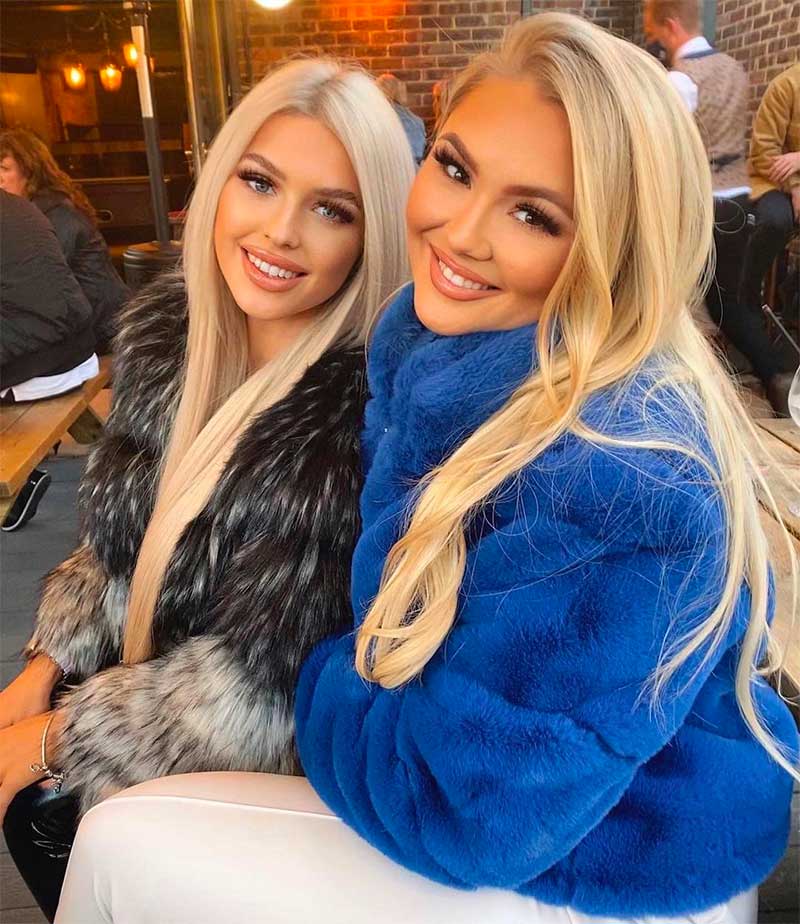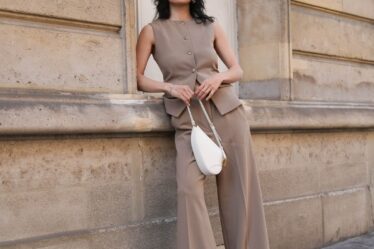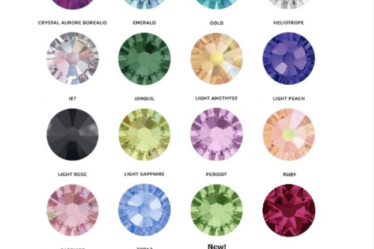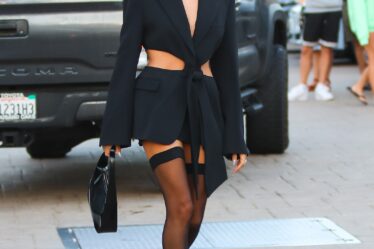
Faux fur fabric is a synthetic material that looks like the real thing but is much more affordable and durable. It’s made of polyester, acrylic, or polypropylene, and it can be dyed any color you’d like.
There are many different types of faux fur to buy, each with its own look and feel. Here are some things to know about faux fur before purchasing it:
Because faux fur is made from synthetic fibers, it doesn’t require any special care or maintenance. You can wash it in the washing machine on the gentle cycle or hand wash it with mild detergent, then dry flat or hang dry if needed. Some faux furs are machine washable only on the gentle cycle; check care instructions before washing.
Real fur comes from animals that were killed for their pelts or skins (such as rabbits, beavers, coyotes, or raccoons). Faux furs are cruelty-free alternatives to real furs because they’re made from synthetic fibers instead of animal skins.
Real fur is much more expensive than faux fur because it requires more time and effort to make it into clothing items or accessories like hats or scarves. The cost of producing real fur also increases because animal rights groups have pushed for laws that protect animals from being hunted for their furs.
The first thing to know about faux fur is that it comes in two main forms: artificial and synthetic. Artificial faux furs are made from polyester fibers that are dyed and coated to look like real animal hair. Synthetic faux furs are made from polyester fibers and other man-made materials that have been treated to look like real animal hair.
Faux fur comes in three main types: mink, which has a super-soft feel; chinchilla, which has a very fine texture; and squirrel, which has a coarse texture.
Faux furs aren’t made from animals — they’re made from synthetic materials that mimic the look of real animal pelts.
Depending on how it’s processed and treated, faux fur can mimic the appearance of different types of animal pelts — from the softest mink to the coarsest squirrel.
Faux furs come in many colors and styles — some have long hairs that stick out at all angles like an actual animal pelt would; others are flat-lying with no visible strands at all; still, others have short fibers that give them a plush appearance similar to that of velvet or velour fabrics.
Faux furs are easier to care for than real furs because they don’t require dry cleaning or special storage conditions if you store them properly after wearing them.
There are two main types of faux fur — depending on their weave.
Pile Faux Fur: Pile faux fur is made by weaving strands of synthetic fibers into a pile to create the look of real animal fur. The depth and length of the pile vary depending on the type of animal it’s trying to imitate.
Woven Faux Fur: Woven faux fur typically has a flat surface with little or no texture and a cut edge along one side that’s either straight or curved for added dimension.



